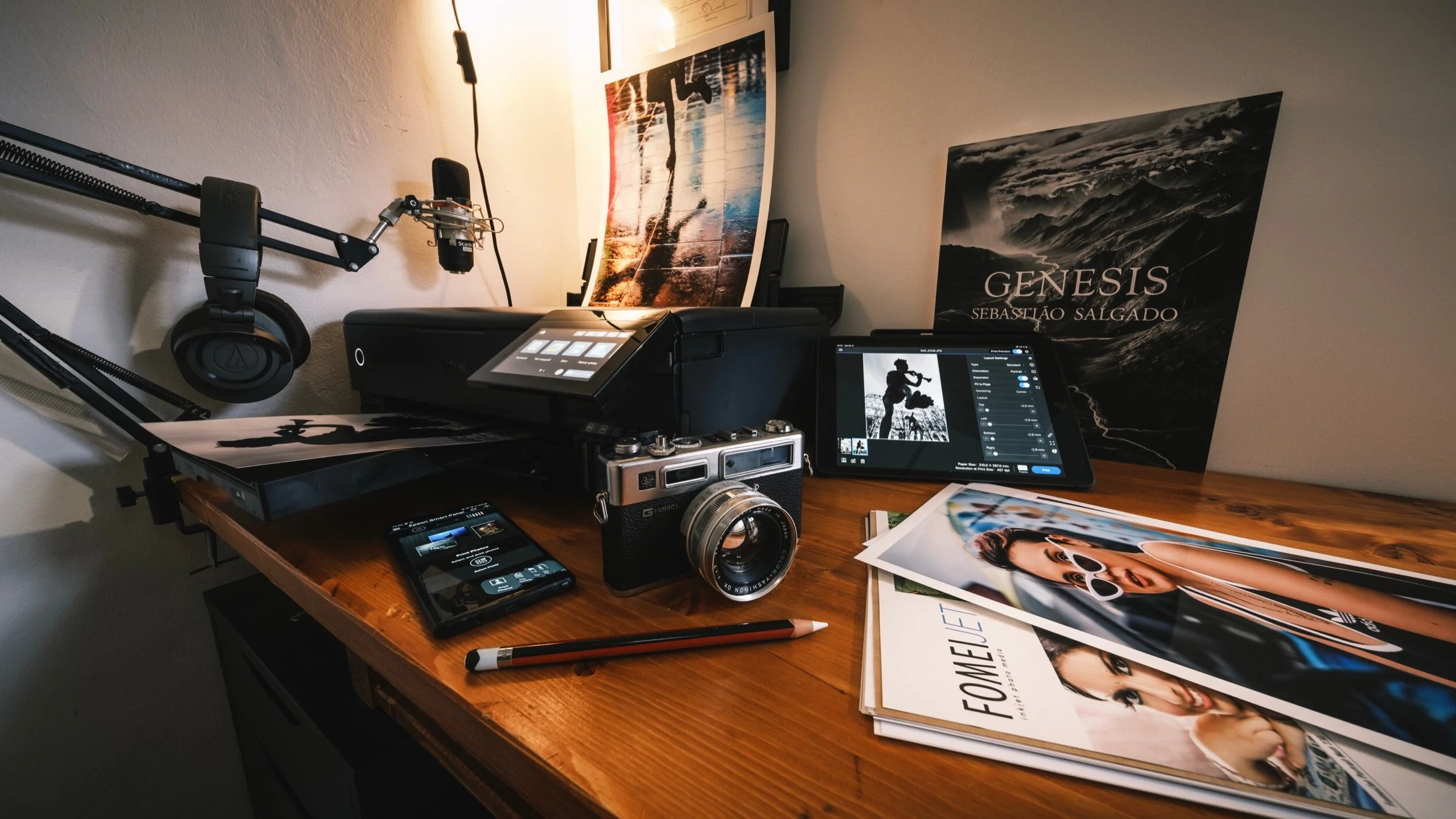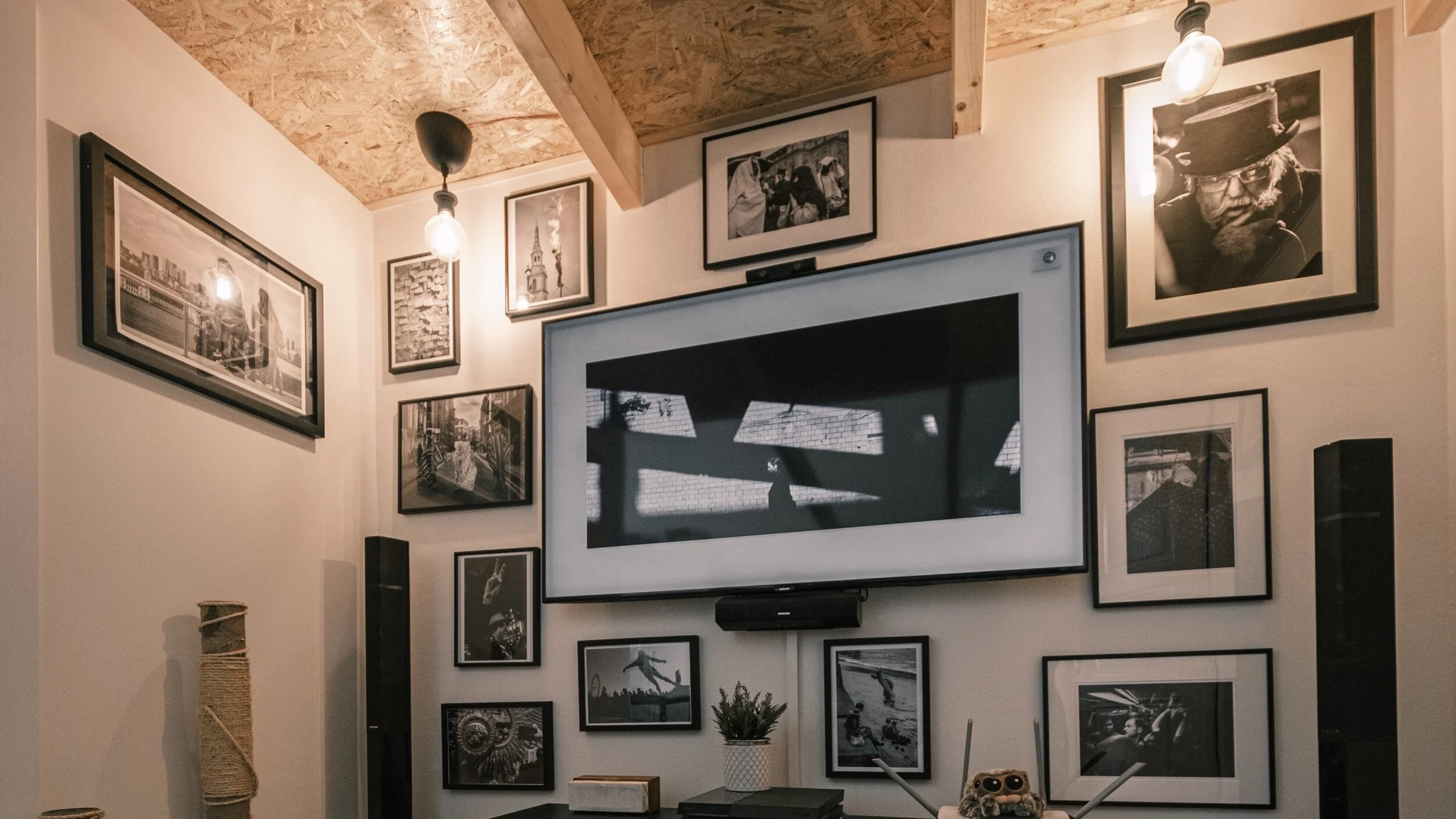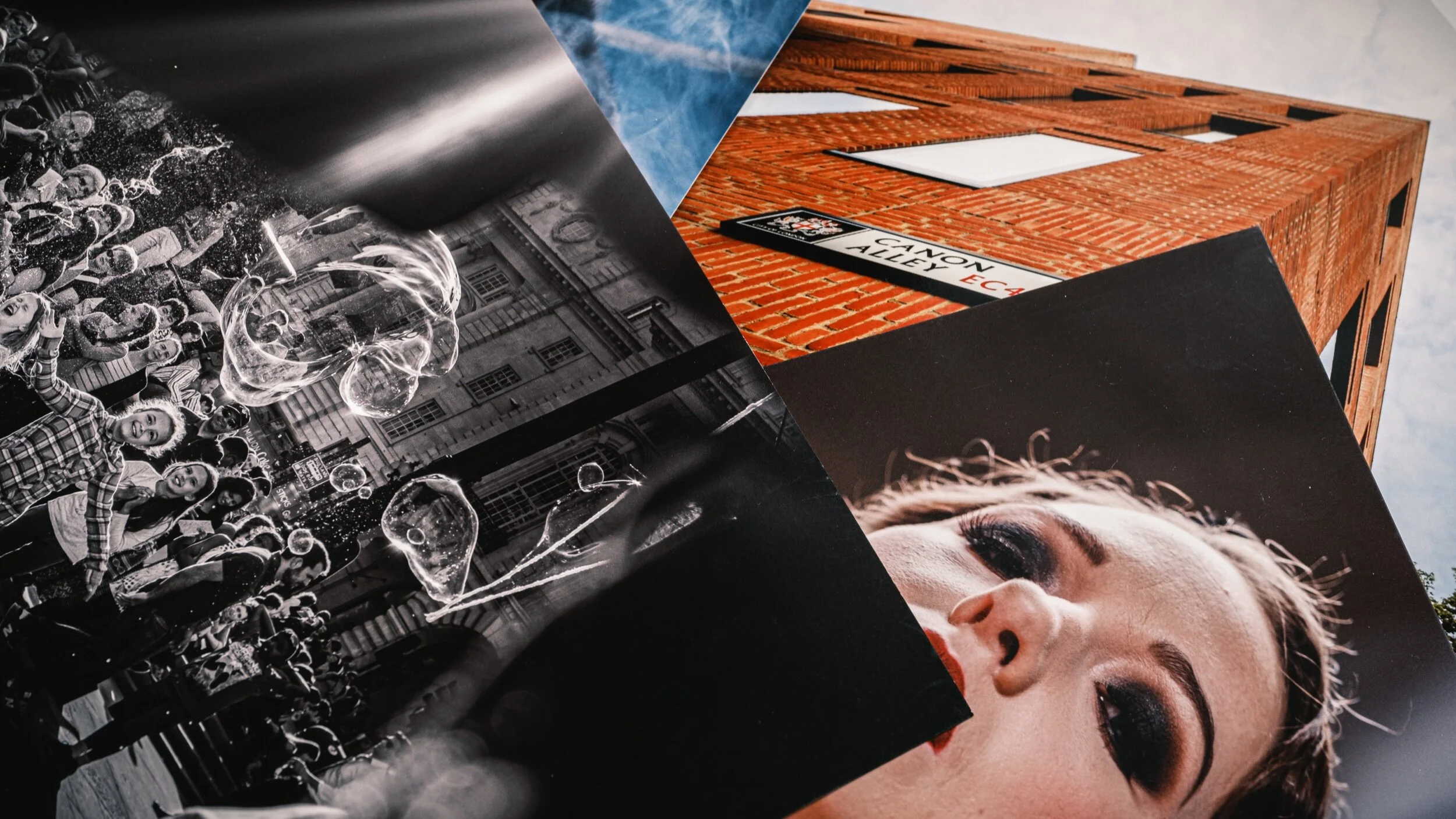Print, don’t hide them on a drive
You may have thousands upon thousands of images saved on your computer backed up to an external drive and stored up in the cloud. I know I do. But that doesn’t make them photographs. They’re just files. Yeah, we might’ve gotten a few likes on them on Instagram or… Well, nowadays that’s pretty much it when it comes to getting your work out there. But they’re still just digital files on an LCD or OLED screen. You can never truly appreciate a photograph until you see it in a physical space. When the light around you reflects off the paper and highlights the structure, which is tangible upon touching it. The smell of dye-based ink, as it’s just about to dry as it comes out of the printer or the sudden appearance of something you captured on a light-sensitive paper, is something every photographer should experience. It is an amazing feeling to see your work you’re reasonably proud of materialising in the real world and come to life on a gorgeous piece of paper.
Recently I’ve been using more and more printers mainly thanks to working in multiple camera stores and writing reviews of those printers for one of the aforementioned stores. I’ve had the Epson L8180 at home, I have used the Fujifilm Frontier minilab, the Epson P700, P800, P900 and even the incredible P9000 a fair bit. Currently, I’ve got the Canon imagePROGRAF PRO-300 on my desk at home, which my lovely wife hates because it does take up quite a bit of space. I’m also in process of getting our PRO-1000 up and running as well as waiting for the new G640 to take home for a review.
With all that being said you can see why I’ve been printing so much lately. But the thing is, I’ve been printing pretty much the same amount before I had access to all these amazing machines. I just used external services instead of doing it myself. I’ve got some wonderful digital c-type and giclée prints hanging on my walls that I had done at “theprintspace” in Hoxton, London back in 2016. I’ve got hundreds if not thousands of small 6x4s (10x15 for the centimetre crowd out there) that I’ve had printed by a small SnappySnaps lab in Sydenham, London in 2018 and 2019 from my two trips to sadly war-torn Ukrainian eastern regions. I found the best way to edit images for my written stories was to print them out and physically cull the non-keepers and arrange the winning captures in the order I wanted to show them in.
Currently, I’m in the process of getting every single wall of our home decorated with framed prints. It made me go back and search through my older folders. I saw images from back when I was starting with documentary and street photography and it made me appreciate them again. I came across captures I haven’t seen in years. Images I forgot I took and was previously proud of. I also clearly saw the progress I’ve made in the last six years. I was a very different photographer back then with a different idea of what I deemed good and with a very different mindset when it came to framing, postprocessing and light.
Of course, it’s not cheap. It’s not expensive either though. A decent-sized A4 print costs a couple of quid/bucks and unless you’re planning to sell your stuff in a gallery the basic IKEA frames cost next to nothing. It is one of the only few ways to ensure your photography surviving you and it is one of the very few ways to ensure you even remember what you yourself enjoyed working on years back. I know I keep forgetting all the time and it feels good to come home from a long day at work and seeing a wall of images you know you yourself made. “This is something I did and I’m proud of.” is not something I say to myself often. We’re all full of self-doubt and many of us are our own worst critics. But this just feels different. I can’t quite describe nor quantify it but I’m glad I realised it early in my photographic journey. I’m definitely planning on printing as long as I’m able.
All I’m trying to say here is simple and you’ve already read it in the title of this post. Print. Don’t hide them on a drive.



